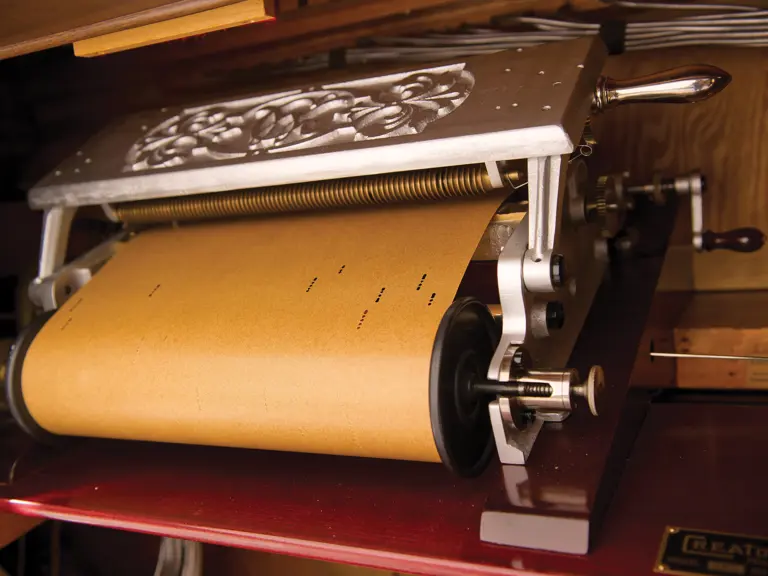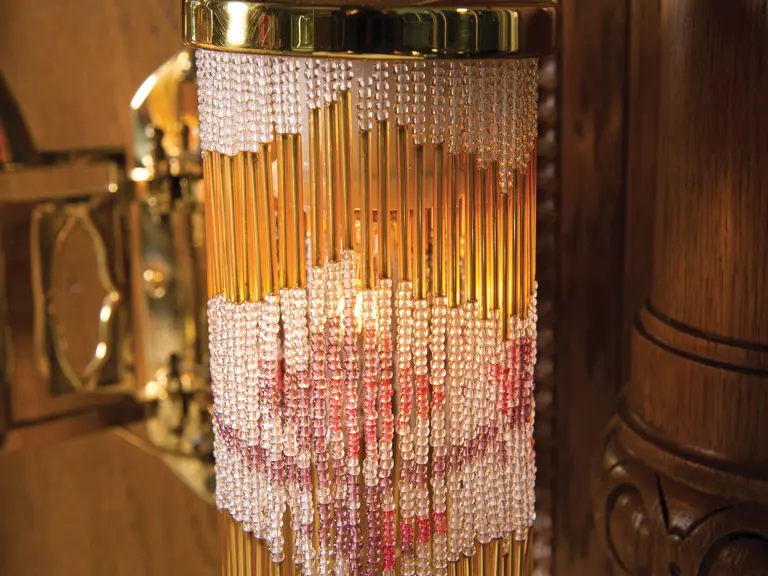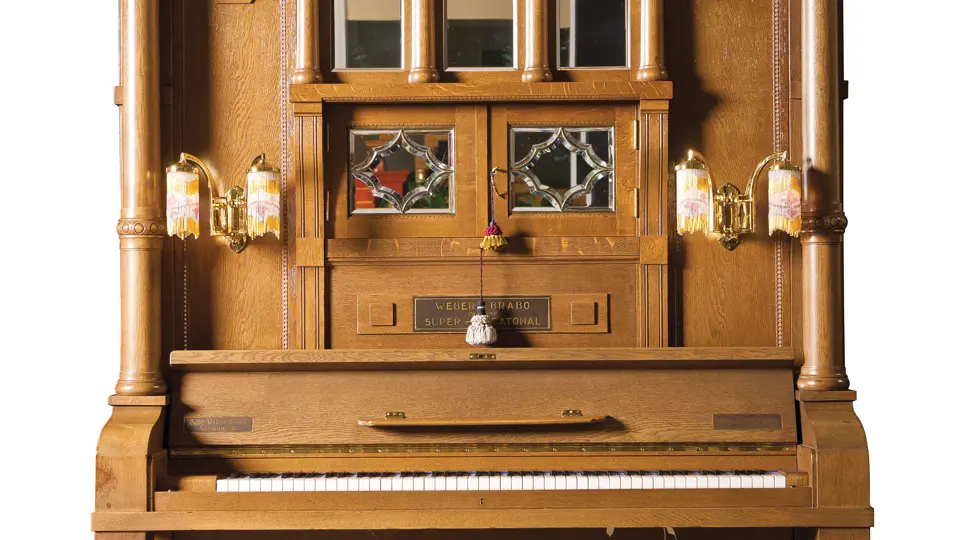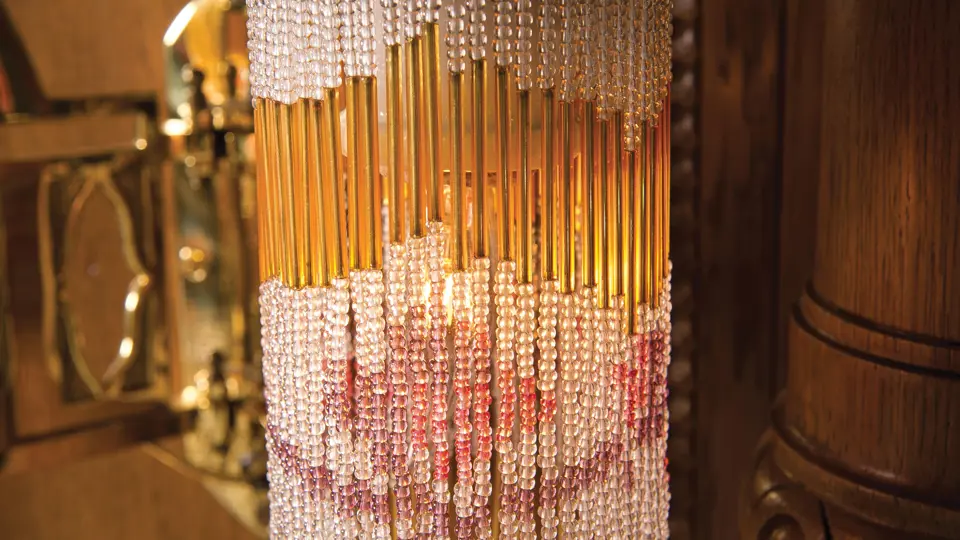 | Fort Worth, Texas
| Fort Worth, Texas
Gebr. Weber (Waldkirch, Germany)
65 in. x 103 in. x 33 in.
The Brabo was one of several medium-sized orchestrions built by the Weber firm. It contains the same fine-quality wooden violin pipes used in all Weber orchestrions, which provide realistic violin solos. It also includes a piano, which has an expression and mandolin attachment, and a xylophone. It plays Weber Brabo and Otero rolls, a supply of which is included, and the cabinet bears the name “Super-Creational,” which seems to reflect the excitement of when it was first sold. It was restored by Jerry Biasella in 1993 and then acquired by the Milhous Collection in the late 1990s. Several years ago, it joined the Andrews Collection.
As noted by Dave Bowers in The Encyclopedia of Automatic Musical Instruments:
A number of points of difference in Weber music roll arrangements may be noted. In most types of other orchestrions, the various instrumental components were brought in and out of play at regular intervals. Hence the xylophone may be turned on, remain on for a passage or two, and then shut off. Many other types of rolls play the melody once through, then repeat it once or twice again exactly as it was played the first time, until the required tune length is reached. Not so with the Weber rolls. The Weber control registers constantly change. The xylophone may be brought into play for just a few notes, then remain silent until it sounds again to accent a passage or play a realistic solo…to achieve an almost human performance. Upon hearing the “12th Street Rag” on the Weber Maesto, a knowledgeable collector stated it was “virtually indistinguishable from the Paul Whiteman phonograph record of the same tune.” Understandably so, as Gustav Bruder, while interviewed in Waldkirch by the author, said that when he arranged music rolls, he played multiple phonograph records of Whiteman and other popular orchestras of the 1920s, capturing their techniques.
Today, only a few Weber Brabo orchestrions exist. The example presented here is a showpiece whose offering is a very rare opportunity indeed.




















